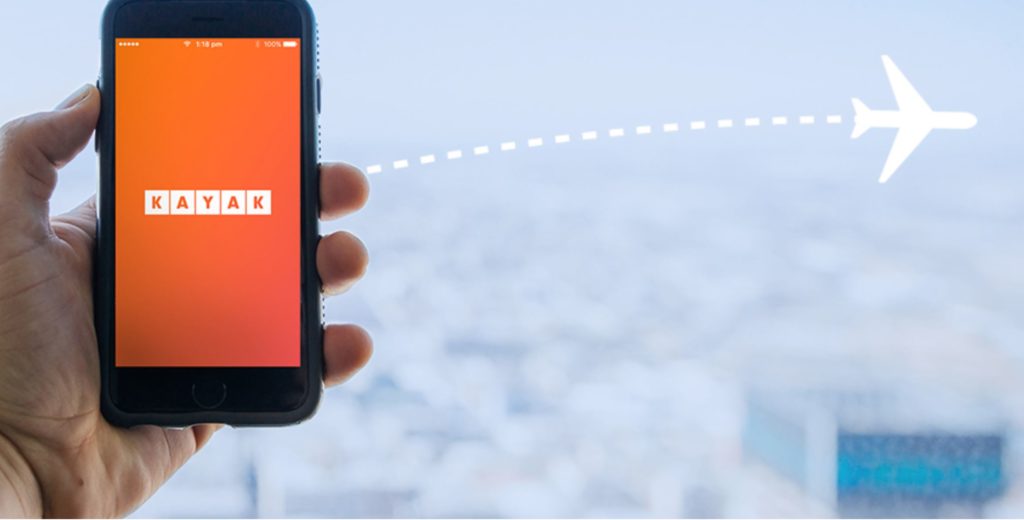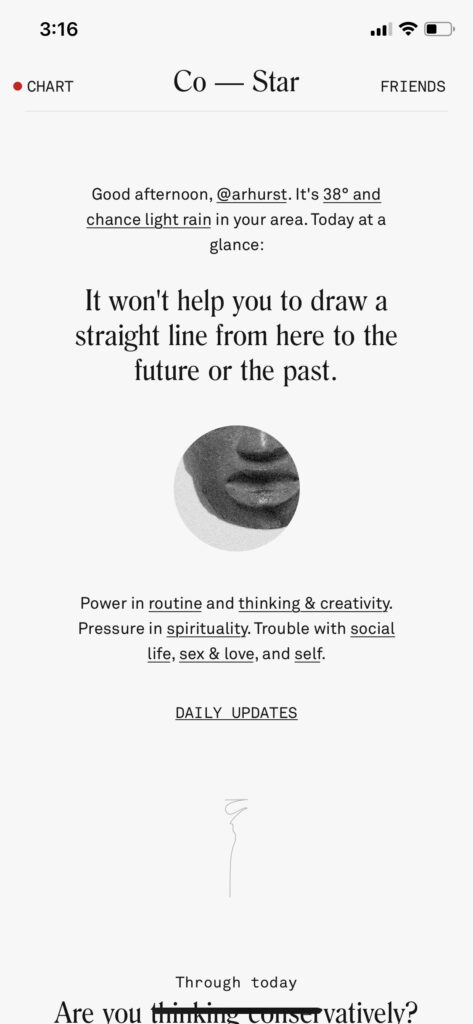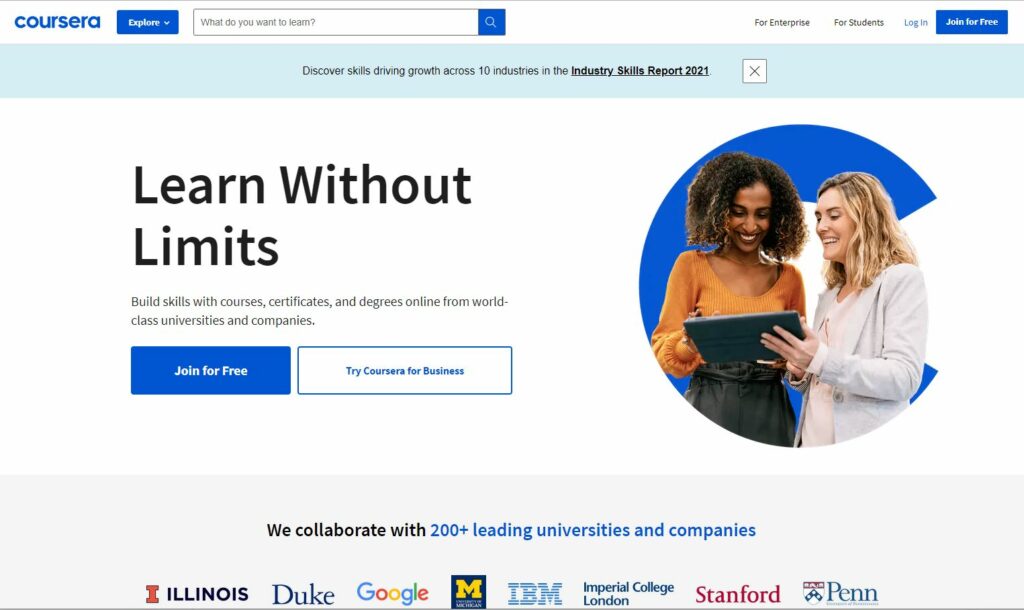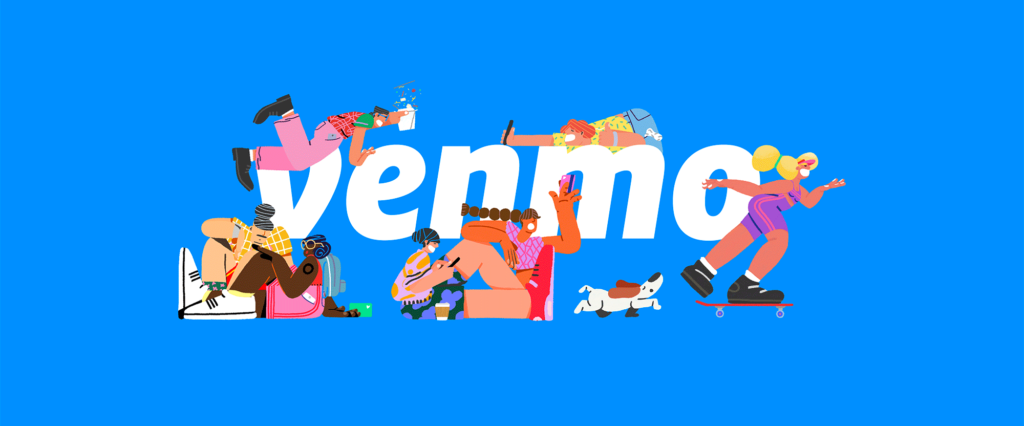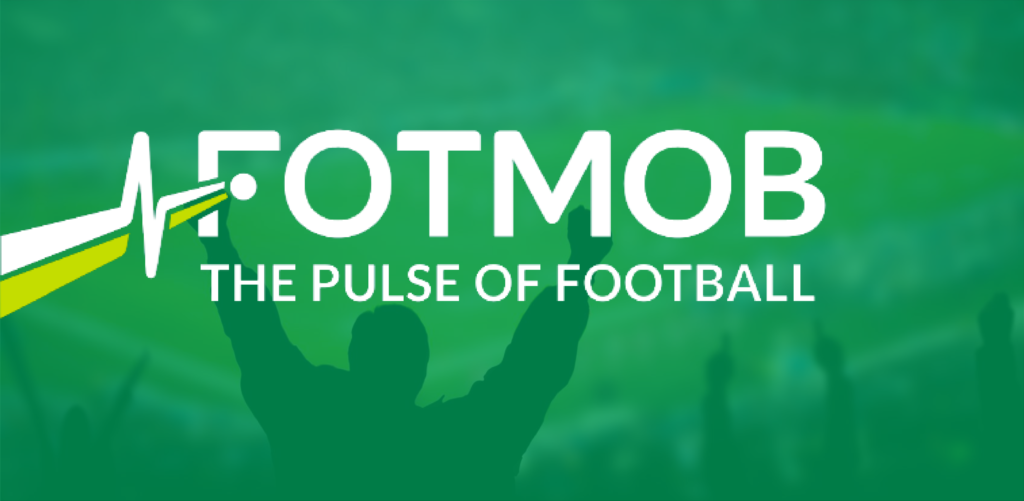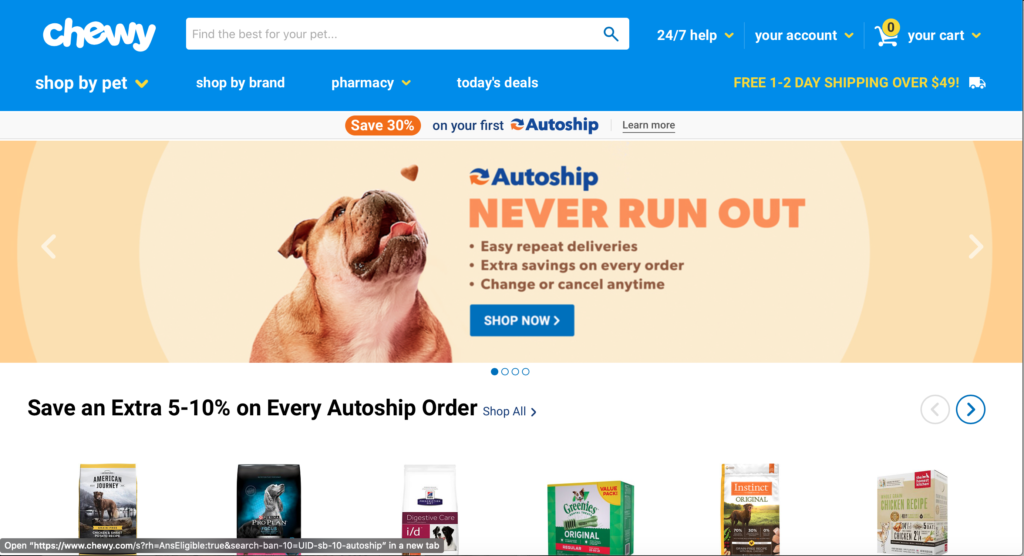Design Critique: Kayak (Android App)
The Kayak Android mobile app provides an easy way to find flights, hotel stays, and rental car services. Kayak excels at creating a clear conceptual model of how to set up and run a search, but not of the entire scope of the app’s features. A streamlined interface may also be a trade-off for invitations to human error. It is interesting to note that Kayak was one of the earliest exemplars of creating more usable graphical interfaces for travel booking, but now may be extending its feature list too far.
